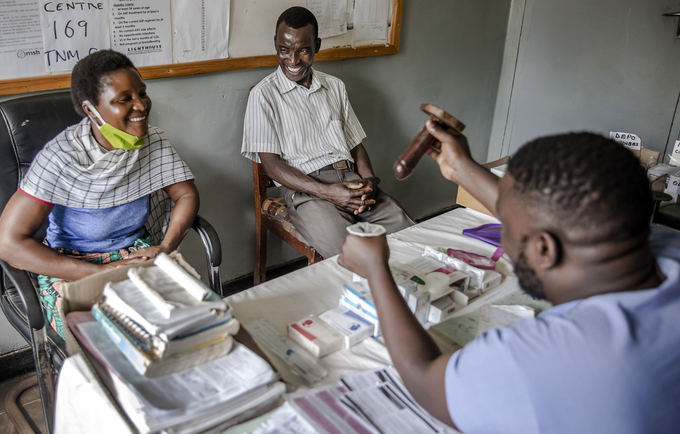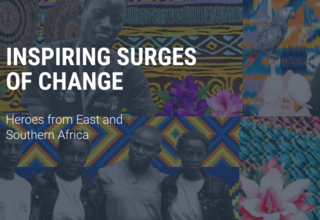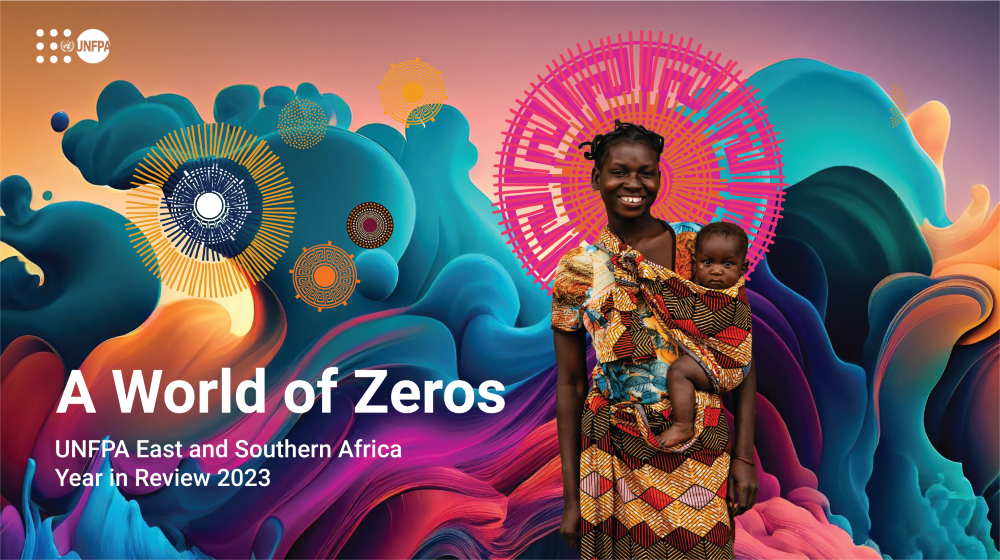What is family planning?
Family planning allows people to decide when and if to have children, using the information, means and methods they need to do so. It involves a wide range of contraceptives, such as pills, implants, intrauterine devices, surgical procedures that limit fertility, and barrier methods such as condoms. It also includes non-invasive methods such as abstinence and the calendar method. Information on family planning assists with how to become pregnant when it is wanted, and infertility treatment.
Context in East and Southern Africa
Despite a marked decline in the total fertility rate (4.1 children per woman of reproductive age in 2022, compared to 5.9 in 1994), birth rates remain high across the region. This is because an estimated 49 million sexually active women in East and Southern Africa do not have access to modern contraception or family planning services. More than half of these are young women. Consequently, adolescent pregnancy rates in the region are twice the global average at 92 births per 1000 girls.
Inequalities in access to sexual and reproductive health services are evident, and indicators vary according to age, education, wealth and geographic location. In most countries, progress has been concentrated mainly in urban areas, among older or married women and women of higher education, while the poor quality of services and the frequency of humanitarian crises too often hamper positive health outcomes.
UNFPA and our partners promote rights-based family-planning programmes. As a result, the total fertility rate in the region has declined to 4.1 children (2022), down from 5.9 in 1994. One in three women uses modern family planning methods compared to one in 10 in 1994, and 39 per cent of women who are married or in a relationship use modern contraception compared to 37 per cent in 2017.
At the same time, the region saw its population increase from 312 million in 1994 to 633 million in 2021, leading to an increase in the demand for modern contraception and all other sexual reproductive health services.
UNFPA’s response
UNFPA supports voluntary family planning, including the procuring of contraceptives, training health professionals to counsel people on their options, and promoting comprehensive sexuality education in schools.
Together with our partners, we devote resources to build an understanding why millions of women do not have access to modern contraception or family planning services. We then work with governments, civil society and non-governmental organizations to remove the obstacles that prevent women and young people from accessing life-changing contraception and other sexual health services.
A large part of this effort is about enhancing supply chain management and systems to ensure that rural women and girls, often forgotten by policymakers, are better served. We help to ensure that the right contraceptive mix is purchased and paid for – often by working with centralized procurement departments – and then delivered to the right place (usually government facilities) at the right time, even to remote corners of the continent with limited infrastructure. Once the stock has arrived, a second obstacle needs to be overcome: stigma and discrimination.
Parts of Africa remain deeply conservative, and young people fear being judged by service providers, especially in rural areas, where health-care workers also tend to be community members. This is why we invest in people and youth-centred health care, training community health workers to deal sensitively with youth, women and other key populations at risk, such as sex workers and members of the LGBTQI community. It also means working with facilities to provide feedback and encouraging ways to better serve key populations, such as by aligning clinic opening times with school timetables.
Yet young people need to be made aware that the services are freely available and that they have a right to access them. For this reason, UNFPA champions comprehensive sexuality education — also known as sex education — for youth in and out of school.
The evidence is clear. Children who are taught about their bodies and how to protect themselves and their partners have greater agency, and they are less likely to experience unwanted or unplanned pregnancy. As a result, they are less likely to put themselves at risk by seeking illicit abortions, or compromise their futures by having to drop out of school. Many teenage mothers will be dependent on a male breadwinner for most of their lives, setting up an environment in which gender-based violence and inter-generational poverty flourish.
Our work relies on innovative finance solutions, project planning and programmes. It is also about advocacy. A well-stocked, accessible, convenient youth- friendly clinic will be less effective if outdated laws and policies prevent young adolescents from accessing the facilities. For example, many countries still require parental consent to treat or prescribe medication to youth under the age of 18.
Since sexual debut tends to happen well before their 18th birthday, girls tend not to seek help as they do not want their parents to find out that they are sexually active. In this instance, parents usually find out when the pregnancy begins to show.
We work at national, regional and local levels, always with the beneficiaries or those most affected, to ensure tailored programmes and responses to meet the specific needs of those most affected.




